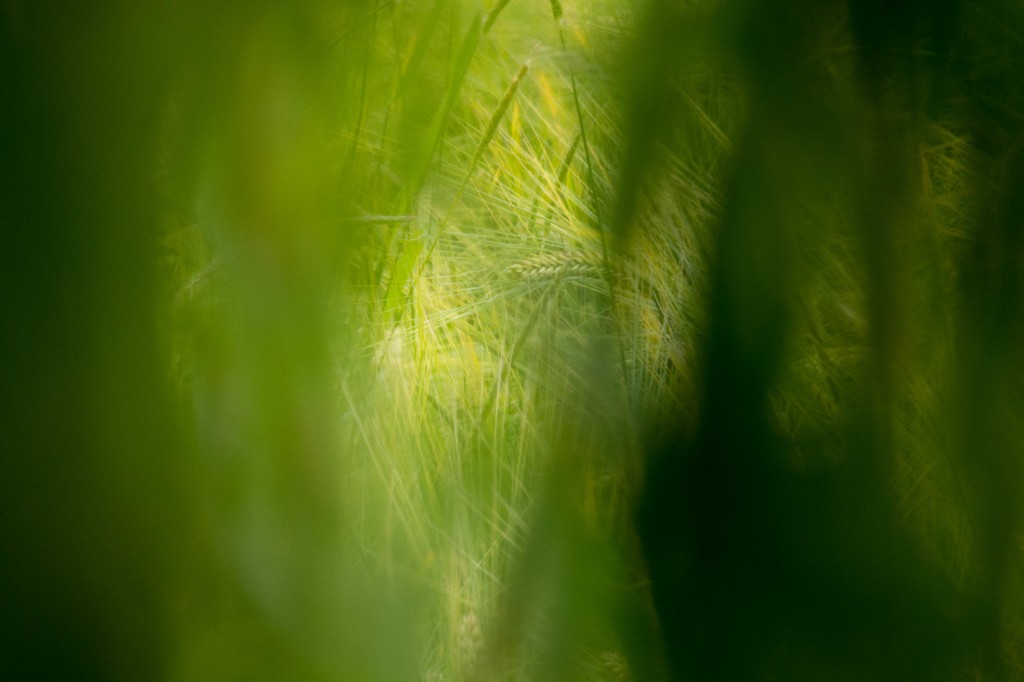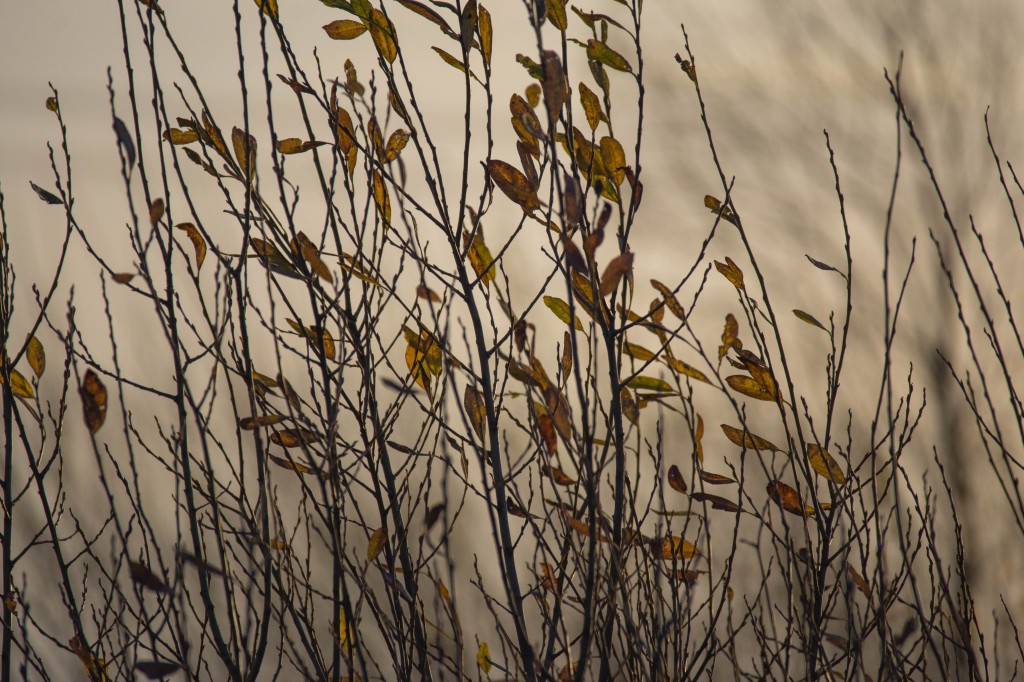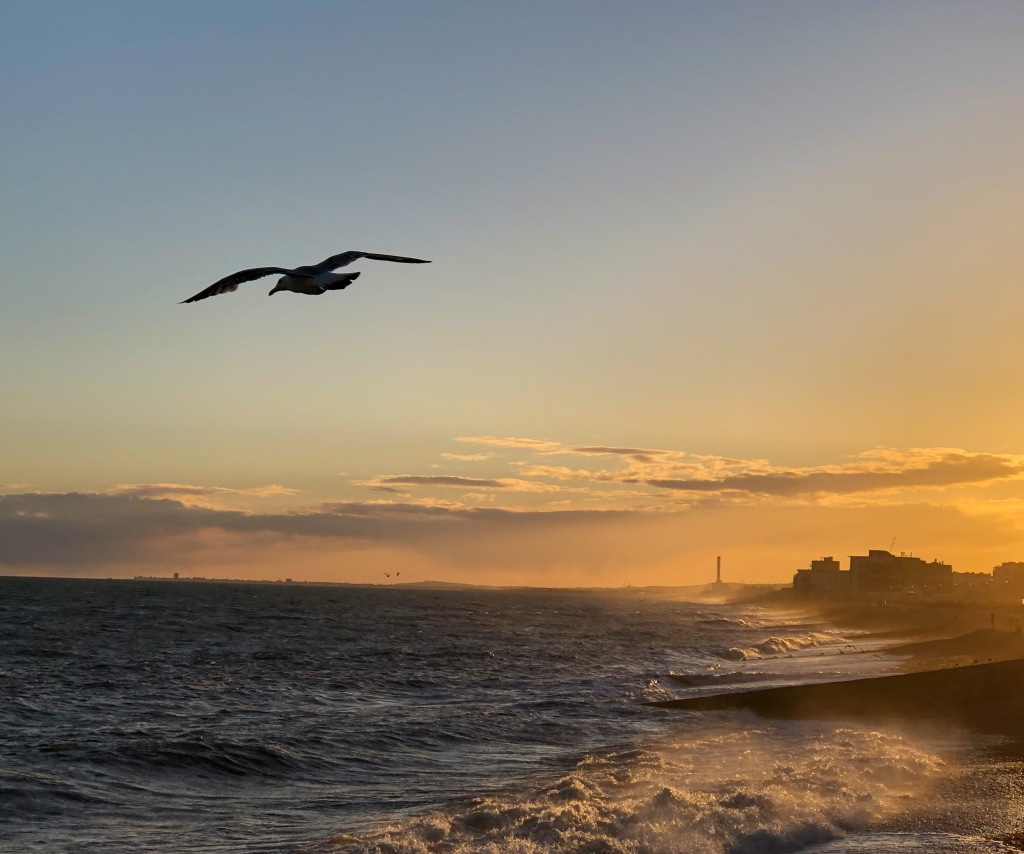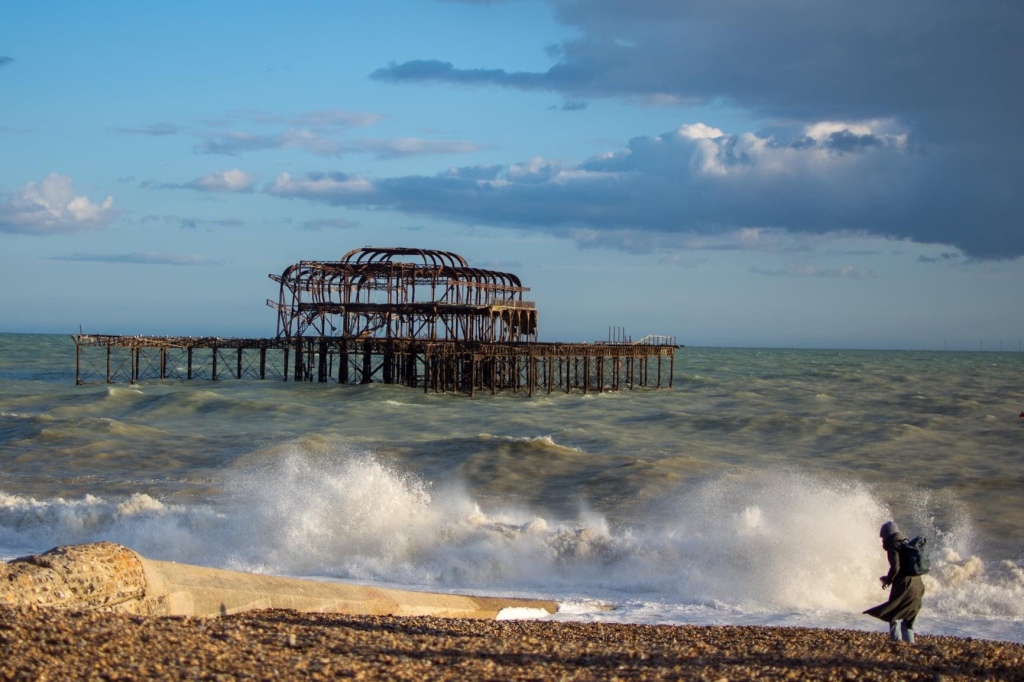
Whilst I wait for witnesses to the haunting of the old Pound Stretcher to get back to me, and they are, I decided to follow up some leads. Today’s post is not about ghosts but about the Great Fire of Biggleswade and its terrible impact on the people of the town. I’m following the fire because it was mentioned by at least one person on a Facebook group, as a link to the haunting. They claimed that Aggie the ghost was a victim of the fire. I wanted to know if that could be the case. Where and when was the fire? Who were the victims? All that I have found out is revealed below. There is some discussion about trauma and mental health conditions.
What do we know about the fire?
The fire started at 11AM on Thursday 16th June 1785. It seems most accounts, come from a few contemporary news paper reports from the time. Here’s what the Northampton Mercury had to say about it:
Thursday Morning last, about eleven o’clock, a most terrible fire broke out at Mr. Griggs’s, the Crown Inn, at Biggleswade, Bedfordshire; occasioned by a servant throwing some hot ashes into the yard, which communicating to a crate full of Straw, immediately set fire to the premises. The wind being very high, the flames with amazing rapidity spread to different parts of the town, and consumed near 200 dwellings, together with barns, stables, etc. a very considerable quantity of corn, hay, etc. with a number of hogs, and fat calves. The fire was not got under till near Six in the evening. Loss must be very great as many of the principal houses and inns were burnt down.
Northampton Mercury Monday 20th June 1785
Just a note on quotes from the news paper archives, I’ve changed the fs for s’s and tidied up some of the capitalisation and punctuation, but otherwise the story is as it appeared in the Mercury. I’ve found similar but less complete versions of the same story in newspapers from Herefordshire and Bath. Different spellings for Biggleswade make it hard to find related articles.
One thing all the articles and accounts have in common is that no loss of human life is mentioned. The animals who are lost are recorded in the Hereford article and so it seems strange not to mention any human casualties. I wondered if it being a fire started in the middle of the day, that it made it less likely for there to be casualties, as people were out in the fields, or awake at least, and able to get to safety. The newspapers of the time often have whole sections given over to reports of fires, including naming those who perished and who were left gravely ill. In fact the Hereford Journal on 23rd June 1785 finishes it’s report, based on a letter sent in from Baldock, on the Biggleswade fire by saying:
The recent fires about us strike the country with terror.
Letter from Baldock sent June 16th to the Hereford Journal
The reporting of fires was something that was clearly important and newsworthy and it seems strange to not mention deaths in Biggleswade when deaths in other fires are certainly mentioned.
So I had a look at the burial records for Biggleswade in 1785. I found 63 burials at St Andrew’s Church that year. Only one death occurred in June and that was almost a week before the fire. That number might seem low, but there were only two deaths recorded for July that year. The months of October – March saw the bulk of deaths apart from a spike in May when four members from the same family died in short succession. It seems there are no deaths recorded at St Andrew’s church that correspond to the fire. Of course there may have been deaths I haven’t found, there were dissenters in Biggleswade who attended other churches. I am not sure what was done at the time if remains could not be found after a fire. A gruesome thought but an important historical one. If there is no body to bury will the death still be recorded?
Thankfully it is looking unlikely that anyone died that day in the fire, though I can not say for sure. Of course some people may have died later that year if they sustained injuries during the fire. What we do know is that many people in Biggleswade were victims of the fire in other ways; I have seen reports that almost a half to a third of the town was destroyed. Estimates range from 50 to 200 dwellings being burnt down. I suspect the higher number includes the barns, stables and other out buildings mentioned in the news article quoted above. Many families must have been made homeless, and lost their livelihoods. We know there was a national appeal to raise funds for the town. I wonder if some of the deaths later that year were indirectly connected to the fire. Say from the stresses and diseases related to being made homeless? But the records I have access to online, don’t generally give cause of death, but it is something I could potentially look into.
I say the records generally don’t give cause of death and that’s true for the local burial records available online. But as I scrolled down the deaths linked to Biggleswade, one of the last deaths of the year leapt out at me. It had a cause of death attached to it and it made me sit up and pay attention. Not because it’s related to the haunting but because it’s possibly related to the impact of the fire on people’s lives.
An unusual death for Biggleswade
On December 16th 1785, six months to the day of the fire, a young man in Bethlem hospital in London died. His cause of death was “Lunacy” and his home town was given as Biggleswade. He had been admitted into the hospital only two months before on 22nd October 1785, just over 4 months after the fire. He was most probably 22 years old and called Francis Rowney.
So I left behind any thoughts of hauntings, if Aggie the ghost haunts Pound Stretcher I don’t think she died in the Great Fire of Biggleswade. Instead I went down a fascinating rabbit hole involving Bethlem Hospital and thoughts about how a tragedy like the fire in Biggleswade affects a community then and now.
Bethlem Hospital
You might want to skip to the next section if you don’t want to read about the mistreatment of patients at Bethlem hospital. Scroll down past the photograph to the next section if that is the case.
You have probably heard of Bethlem hospital’s more notorious name Bedlam. You might remember or still hear people saying “It’s like bedlam in here!” to mean somewhere that is unruly, crowded and chaotic. Apparently that colloquial use of the word has been about since the early 1600s. The hospital had a notorious reputation as being historically everything bad about the treatment of people who were mentally unwell or distressed. So here’s a quick introduction to the hospital that Francis Rowney found himself in.
The Bethlem hospital was founded in 1247 and the first definitive evidence that it was being used to house patients with mental health conditions is from 1403. Of course back then no one used phrases like mental health conditions. Bethlem Hospital or its nick name Bedlam was a place to lock up those considered unruly, distressed, “insane” or suffering with “lunacy.” Very little is known about the treatment of patients back in medieval times, although it was reported that there were shackles and restraints for those regarded the most dangerous.
In 1676 the hospital moved the short distance from near modern day Liverpool Street station to modern day Finsbury Circus nearer to Moorgate station. This is the location of the hospital that Francis Rowney from Biggleswade was admitted into. By 1785 the hospital could accommodate 220 patients including 100 “incurables.”
One thing Bethlem was notorious for was allowing the public in to view the patients as “entertainment.” In 1753s it was estimated by a journalist that over 100 visitors paraded through the hospital to gawk at the patients during Eater weekend. By 1770 however, the extensive “visiting” of Bethlem hospital by the public had been stopped. Though the public could still visit in smaller numbers by applying to the governor. Although the reduction of the visiting public can be seen as a good thing, it has also been shown that instances of abuses at the hospital went up when they were no longer under the scrutiny of the general public. We know that patients were encouraged to bathe, and that they would have been treated with leeches and all kinds of remedies to “purge” the body.
In 1785 Bethlem was no longer the only mental hospital in the country but there were still very few. It wasn’t until the late 1790s that the Quakers founded the York Retreat – shout out to the Quakers for leading the way in a more humane treatment of people with mental health conditions! During the Victorian period county asylums began to be built and the number of patients in hospitals for “lunacy” grew exceptionally. But in 1785 it was a rare thing for a young man from Biggleswade to end up in any “mental hospital” because there just weren’t that many of them. So how did he end up in the Bethlem Hospital?
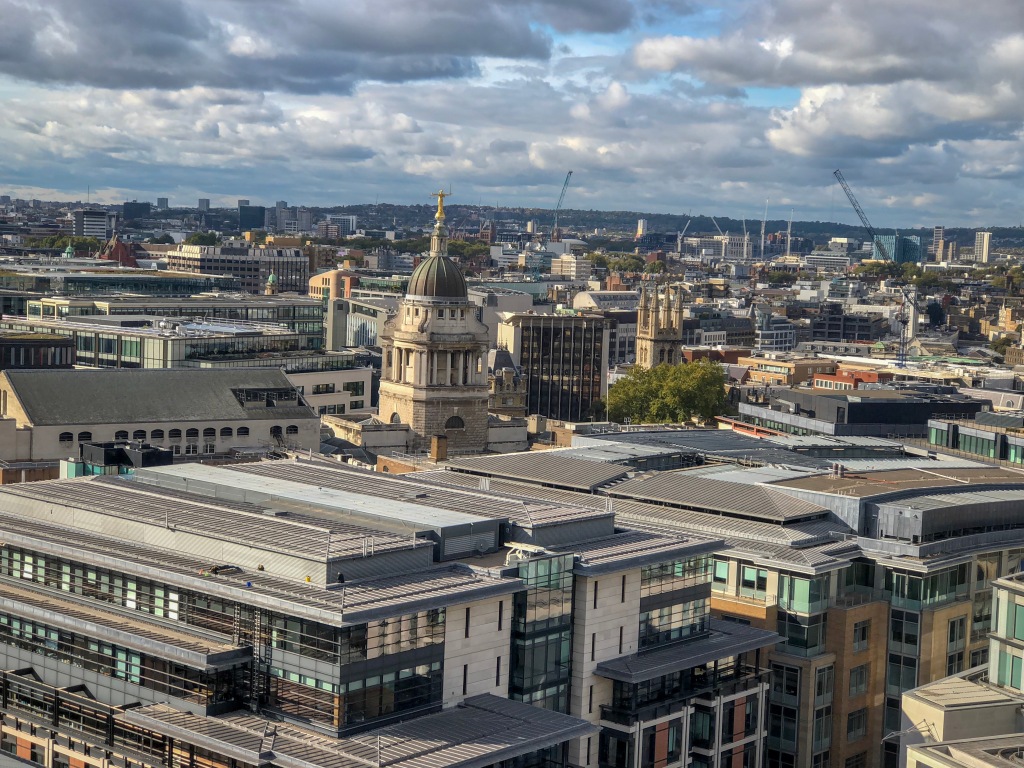
What do we know about Francis?
Historically all we know is the following:
- A Francis Rowney is baptised at St Andrew’s Church, Biggleswade on 7th August 1763, his mother is Elizabeth, his father Thomas
- His father may have died when Francis was 11 in 1774
- On Thursday 16th June 1785 there is a devastating fire in Biggleswade
- On 22nd October 1785 a Francis Rowney is admitted into Bethlem Hospital suffering with “lunacy” the two witnesses to his admission are a London based chemist (medical man) and one of his neighbours, a book seller.
- On 16th December 1785 Francis Rowney dies in Bethlem hospital of “Lunacy”
- On the 18th December 1785 he is buried in St Giles’ Cripple Gate church yard.
What might have happened to Francis?
There are so many possibilities. Maybe Francis was safely away from Biggleswade when the fire started. He might have been working as an apprentice or servant, in London on St John’s Street. This is where both of the witnesses to his admission to Bethlem hospital live. There are records for the apprentices of Mr Labrow the druggist and Rowney isn’t one of them. But he could have been a servant or worked for Mr Turpin the book seller or indeed any other business or family who lived near by. Maybe his illness had nothing to do with the fire at all.
The story teller in me wonders though if there could be a link to the fire.
Maybe Francis was in Biggleswade that day. Maybe he witnessed the fire. Witnessed his home being destroyed, tried desperately to save his house, his pig, his belongings but was helpless to stop the hot greedy flames. Maybe he trudged with bucket after bucket filled with water, from the river or from a well, his arms aching. As he did this he was choked with smoke and soot. Engulfed by the panicked cries of his neighbours. Maybe he was out working in the fields only to come rushing back to town to find everything destroyed. His family and neighbours devastated by the destruction of everything they owned. Most importantly there was nothing he could do or have done to have prevented it. He was helpless and the situation hopeless.
Maybe, Francis worked at the Crown Inn for Mr Griggs. Maybe he was distracted, careless that morning, and threw out the ashes before they were completely cooled and watched horrified as the crate of straw caught alight. Panic erupting inside him as the wind whipped the flames higher and further, until they tore through his home and his town destroying everything in it including his sanity.
Although my last bit of speculation there is a story tellers leap, it is something worth thinking about. Some articles elude to the fire being set deliberately whilst others state it was a foolish and costly mistake. I have found no records of anyone being prosecuted for the fire. I wonder if anyone was? I wonder how you live with yourself knowing that you have caused such devastation?
Whatever happened to Francis, the trauma could have been so severe that his family and local town felt unable to support him. We know there was an appeal for aid and money sent to Biggleswade. Maybe some of that paid for him to be sent to London seeking treatment, a cure, or somewhere where he didn’t distress his family and neighbours any more than they already were.
Trauma then and now
Guess work aside I do genuinely wonder if the fire could have played a part in poor Francis’ admittance into Bethlem and his untimely death. It’s a common misconception that people in the “olden days” just got on stoically with the tragedies they faced. Things were so grim back then they were desensitised to their plight. It’s a comforting thought in a way, it’s ok our ancestors weren’t like us they could cope with this stuff. As we consider high levels of infant mortality, disease and the precariousness of life back then, it makes it easier if you also think that the people of the time didn’t feel things the same way we do. But I think that’s quite a dangerous and misleading way to think. It implies that our modern feelings are either superior or some kind of luxury we’ve earned. That we’re some how weaker than our ancestors, softer, more prone to feeling distress, or that they are some how stronger, colder and more resilient.
I think reality is a lot more nuanced. In the 21st century we have a different way of speaking about and categorising our feelings thanks to the disciplines of psychology, medicine and sociology. We also live in a society where talking about our feelings has evolved and become something most people feel more able to do than in the past. But just because we can now categorise how we feel and recognise mental health conditions in a particular way, doesn’t mean those feelings and conditions are new. Though in the case of what we now call PTSD it is interesting to see how the symptoms of that condition appear to differ depending on the historical period, but I digress.
Also many of us today have more free time than our ancestors had and that time gives us the space to explore our feelings, to write about them, to talk about them, to express them in a different way. But I believe fundamentally that people through out the ages have experienced trauma and emotional upset in a similar way, when terrible things happen. In fact psychiatrists have studied Samuel Pepys’ diaries identifying how he dealt with post traumatic stress after the Great Fire of London. Also many in the past will have experienced mental health conditions that are organic and not wholly caused by external factors. Reading The Anatomy of Melancholy by Robert Burton, published in 1621, is a beautiful and moving example of the universality of many experiences of mental distress and what helps and hinders recovery. There was a radio 4 series on this wonderful book and an In Our Time programme dedicated to it.
I firmly believe that the people of Biggleswade whose homes and properties were destroyed will have experienced trauma. Some maybe temporarily in the direct aftermath. Some will have experienced symptoms that were more severe and or lasted for longer. I can just imagine, thirty or so years after the fire, people saying things like “she was never the same after the fire.” Why? Because its the kind of thing that is said about people who have experienced traumatic events through out history.
For me it seems perfectly natural, though terribly sad, that a young man was so traumatised by the fire in Biggleswade he was admitted to the countries leading hospital, for what they then called “lunatics.” Where 6 months to the day of the fire he died, possibly by his own hand. It certainly brings to life how terrible that fire must have been and what its potential impact was on the people caught up in it.
Next Time: Another historical diversion
I’m not quite finished with the historical diversions. After scrutinising Francis Rowney’s admission entry to Bethlem Hospital, I did some digging into the men who witnessed his admittance. They don’t appear to help us with our understanding of how Francis ended up there, but they have some interesting social history stories to tell of their own!
Finally I am getting some bites on social media regarding the haunted Pound Stretcher and a witness has just sent me a message with what happened to her and what she knows. It appears Aggie may have been a maid working in that building…

